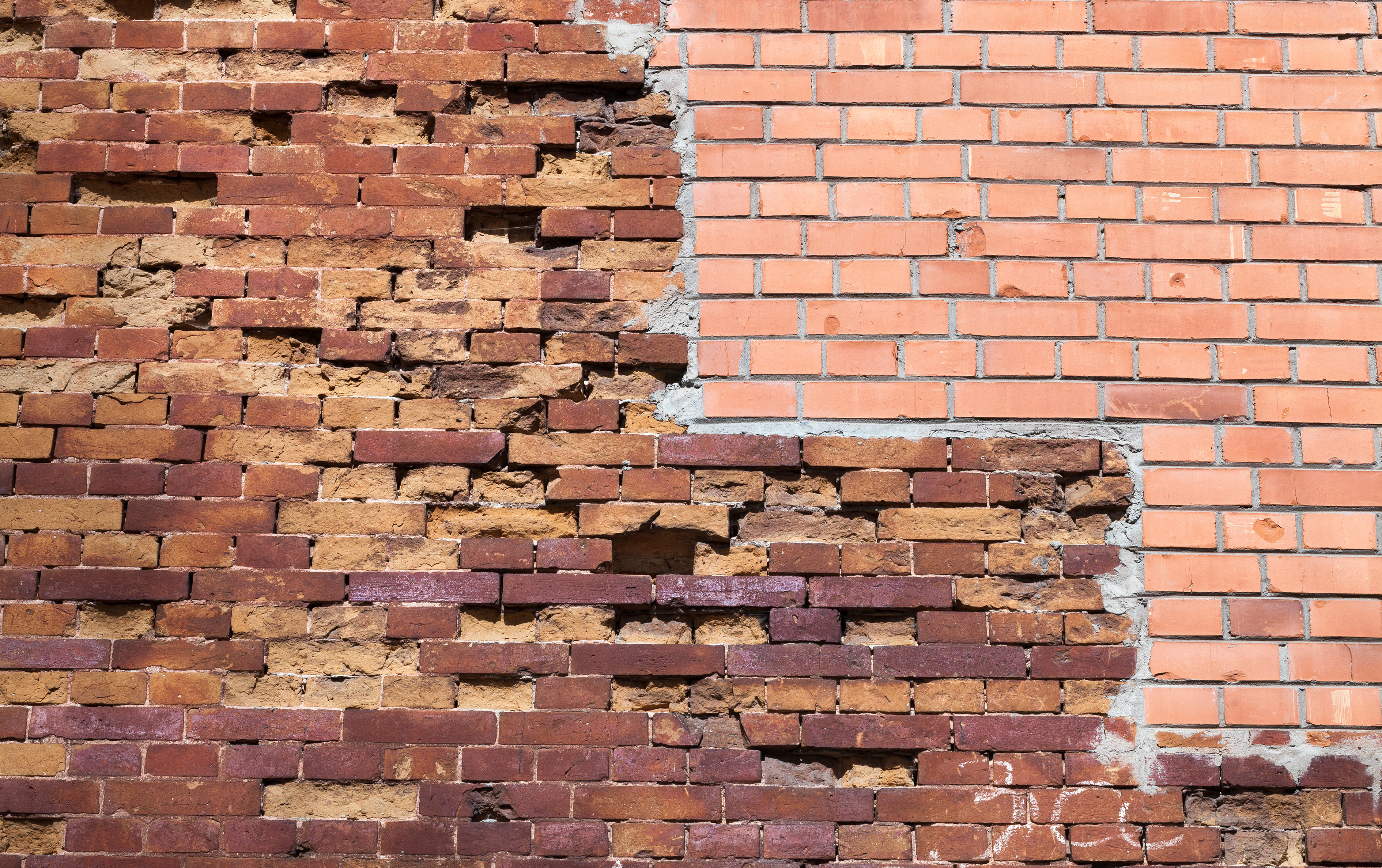- COMNEXT 2025 to Feature Global Product Launches, Live Demos, and Insight from Leading Industry Players
- FramaSaaSai.com Launches Cutting-Edge Franchise Management System to Streamline Franchise Operations
- G Print Signs Leads the Way in Custom Shop Signage Solutions Across Surrey
- Phoenix Palladium, Chennai Unveils Luxury Fashion To New Heights With ‘Walk Of Luxury’
- iOS App Development Company Launches Full-Cycle Services for Next-Gen Mobile Experiences
- Kipp App Launched by Galgotias Student on Apple App Store
- J.H. Garlick Ltd Expands Expert Damp Proofing and Basement Waterproofing Services Across Kent
- MAD Water Sports Expands Paddleboard Offerings in Cornwall
- To empower young innovators in AI research, Researcher.ae has launched a global collaboration program.
- Lenzing, Marchi & Fildi S.p.A, and manufacturing partners unlock premium quality for recycled natural fibers with TENCEL™ Lyocell
- Mobisoft Infotech Launches Next-Gen UI/UX Web Design Services for Businesses Going Digital
- Elektrobit unveils EB tresos AutoCore Light: Scalable software for the SDV
- Tech Veterans Jaspreet Bindra and Anuj Magazine Launch Book on AI Literacy
- TrawickHomes Announces Expansion in Commercial General Contracting Services
- Nanny Littons Lunch Run Brings Fresh, Reliable Catering to Chesham and Beyond
 Mail to a Friend Mail to a Friend |
|
     |
Brick Restoration: Tips and Tricks for Restoring Your Brick Building

Brick buildings are beautiful and durable, but they can also suffer from damage over time. Weather, erosion, and neglect can all take a toll on your bricks, compromising their structural integrity and aesthetic appeal. But don't worry, with brick restoration, you can bring your bricks back to life and protect them from further damage. In this blog post, we'll share tips and tricks for assessing, cleaning, repairing, and maintaining your bricks to keep them looking their best.
Brick buildings have been around for centuries, and they still exude a classic charm that never goes out of style. However, even the most durable brick structures can suffer from wear and tear over time. Whether it's due to weather damage, erosion, or neglect, damaged bricks can compromise the integrity and appearance of your building. Fortunately, brick restoration can bring your bricks back to life and protect them from further damage. In this blog post, we'll provide tips and tricks for brick restoration, including how to assess the condition of your bricks, clean and repair them, and maintain your bricks for long-lasting results.
Assessing the Condition of Your Bricks
The first step in brick restoration is to determine the extent of the damage. Look for signs of cracking, spalling (surface flaking), efflorescence (white residue caused by salt deposits), discoloration, or loose bricks. Depending on the severity of the damage, you may need to hire a professional brick mason to inspect your bricks and recommend the best course of action.
Cleaning Your Bricks
Once you've assessed the condition of your bricks, it's time to clean them. Brick cleaning can be tricky, as you don't want to damage the bricks or mortar. Avoid using harsh chemicals or pressure washers, which can erode the bricks and cause more damage. Instead, use a mild detergent, water, and a soft-bristled brush to gently scrub the bricks. You can also use a poultice (a paste made of absorbent material and cleaning solution) to remove stubborn stains or efflorescence.
Repairing Your Bricks
After cleaning your bricks, you can move on to repairing any damage. This may include repointing (replacing the mortar between the bricks), replacing damaged bricks, or sealing the bricks to protect them from water damage. Again, it's best to hire a professional brick mason to perform these tasks, as improper repairs can lead to further damage and costly repairs down the line.
Maintaining Your Bricks
Finally, to ensure that your brick restoration efforts last, it's important to maintain your bricks. Regular cleaning and sealing can help prevent future damage, as can keeping your gutters clean and ensuring proper drainage around your building. Avoid using abrasive cleaners, power washers, or harsh chemicals on your bricks, and inspect them regularly for signs of damage.
Brick restoration can be a complex process, but with the right tools and techniques, you can bring your bricks back to their former glory and protect them for years to come. If you're unsure about any aspect of brick restoration, it's always best to consult with a professional brick mason.











